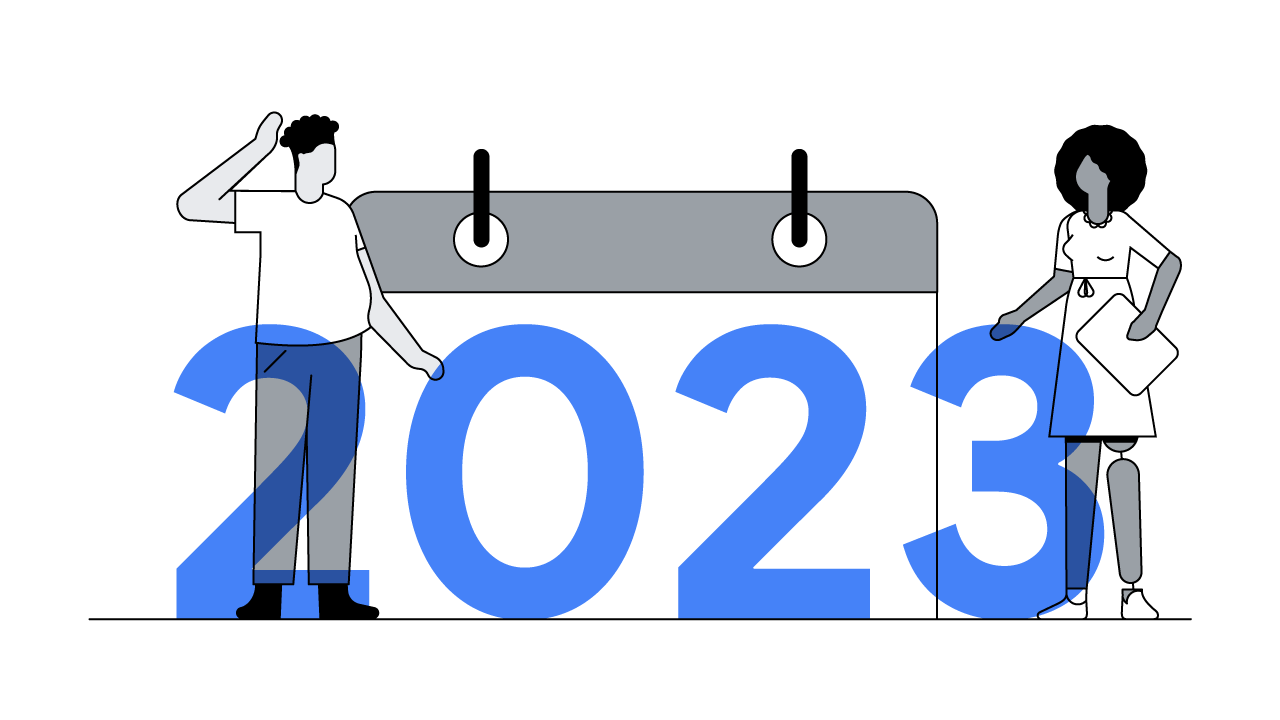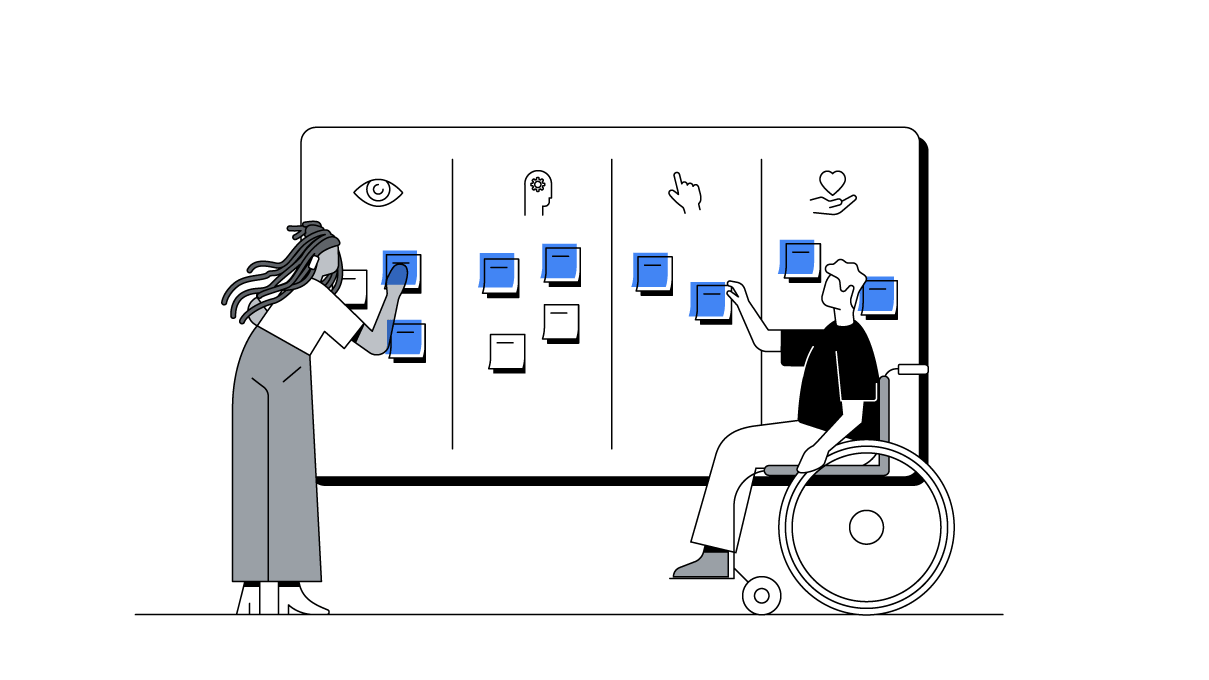What makes a great mobile experience? New research shows that consumers care about mobile speed and usability, but businesses are failing to meet their expectations. We benchmarked 316 retail, travel and finance companies across Europe to understand where consumer experiences fall short.
Consumer expectations for fast and easy-to-use mobile experiences are higher than ever. And they will continue to rise as more and more users - especially those in emerging markets - make the leap to a mobile-first world. According to our 2016 Consumer Barometer Report, smartphone adoption across 40 markets jumped from about 30 percent to a staggering 70 percent since 20121. One in eight consumers told us that they just started using a smartphone within the last six months1.
But despite the ubiquity of mobile, brands are finding it difficult to keep up with growing consumer expectations for better mobile experiences. Brands are no longer competing with the best experience in their category, they are competing with the best digital experience a consumer has ever had. A shopper who can purchase an item in one or two taps on a retail app will hold the same standards of speed and convenience to her bank app when she deposits a cheque or a travel site when she books a flight.
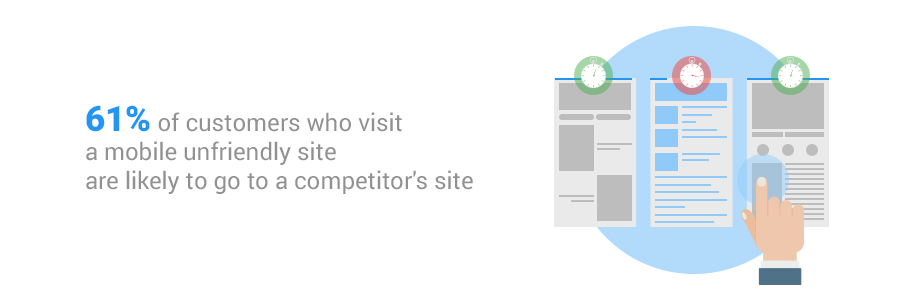
If those expectations aren’t met, the outcome could be costly - especially if switching costs are low. Our research shows that if consumers are faced with a mobile unfriendly site, 61 percent are likely to go to a competitor’s site instead2. 45 percent are less likely to visit a website again if they had a poor experience2.
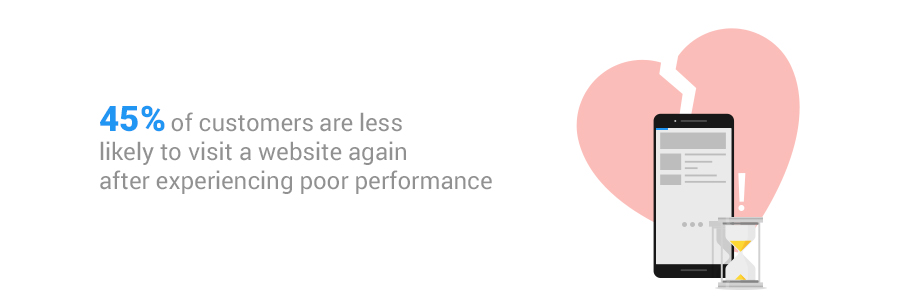
To help brands better understand best practices in mobile UX and site speed, we benchmarked 316 mobile sites in the travel, retail and finance verticals across Europe. We learned that usability and speed are the cornerstones of excellence for brand experiences on mobile.
Who does it best, now?
Consumers are shifting their thinking from “who does it best” to “who does it best, now”. Fast mobile experiences are table stakes for businesses. But consumers are not willing to make a trade off between usable experiences and a fast one. They demand that it be both. In fact, 30% of consumers expect a one second or less page load, while 18% expect a page to load instantly2.
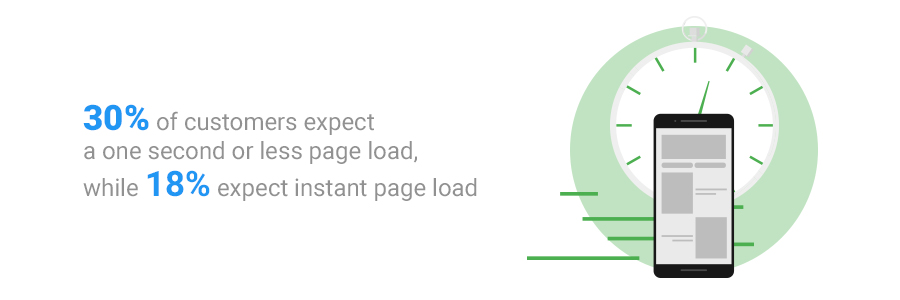
But while almost half of consumers expect nearly instant access to information, there is still a gap in what brands are delivering. Our benchmarking study used 0-2 seconds as the target page speed for all mobile websites and only 14 passed that benchmark to qualify as ‘Good’. Across retail, travel and finance the average page load time is 4.4 seconds3.
If you think a difference in 2.4 seconds is marginal, consider this: If you have 10,000 visitors to your site in one day, that’s almost 7 hours of lost time. That’s the equivalent of your business being closed on a Tuesday.
The simple truth is: speed matters. But it doesn’t require an entire overhaul of your mobile site. There are several things you can do to improve site speed, which we’ve listed at the end of this article.
Make it useful and useable
How easy is your mobile site to navigate and use? If you’re a retailer, are your customers able to quickly search for what they want, research products, and then make a purchase with as little friction as possible? Do you pre-populate data for returning customers or provide a single-screen checkout for convenience?
Our benchmarking study shows big gaps across the 20 top mobile sites for travel, retail and finance. Finance sites are the most unusable, with 30% using desktop pages on a mobile experience3.
More importantly, usability decreases the further you go down the conversion path. While brands invest in homepage design and navigation, often times the product pages or conversion pages, such as a registration page or checkout, are the most neglected.
Next steps for your business
Great mobile experiences isn’t one person’s job. It takes the commitment of an organization to make every step and every second count. Here are a few ways to get started:
1. First, check out testmysite.withgoogle.com, a easy-to-use tool that helps you understand basic performance metrics about your businesses mobile-friendliness, mobile speed, and desktop speed. You can also test how long it takes your site to load at webpagetest.org. 2. Take a look at our Principles of Mobile Site Design and Mobile App UX Principles and share them with your web development teams. 3. Use analytics and conversion tracking across your mobile site or app to monitor user behavior and see where they drop off. 4. Talk to your web development teams about implementing new technologies to help make your sites faster. Here are two we recommend:
Accelerated Mobile Pages, or AMP for short, is set of standards that aim to make mobile web experiences great. AMP helps speed things up by creating optimised pages that load content quickly, everywhere. It’s great for content-only sites that don’t require sophisticated functionality, such as payments or additional javascript.
If you need a more robust, feature-rich site then consider developing a Progressive Web App, which allows for an app-like user experience on a mobile browser. Users can interact with mobile web pages that look, feel and function like an app — including push notifications, offline accessibility, and a homescreen icon — without having to visit an app store. Plus, they’re designed with extremely fast load times.
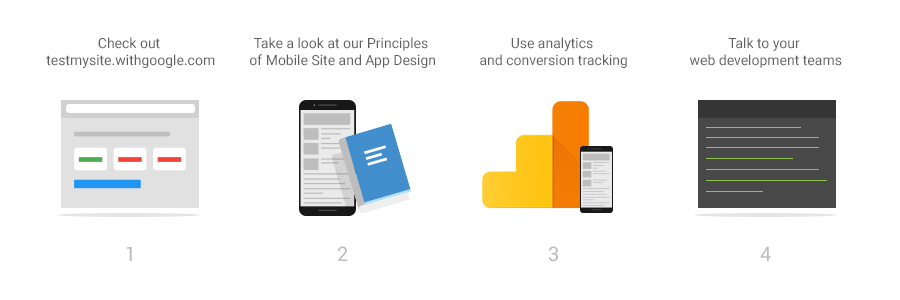
Sources:
1. Google Consumer Barometer, The Internet in Numbers, 2012-2016
2. What Users Want Most From Mobile Sites Today, Google (conducted by Sterling Research and SmithGeiger), US, July 2012
3. Google Mobile Site Review, 2016




